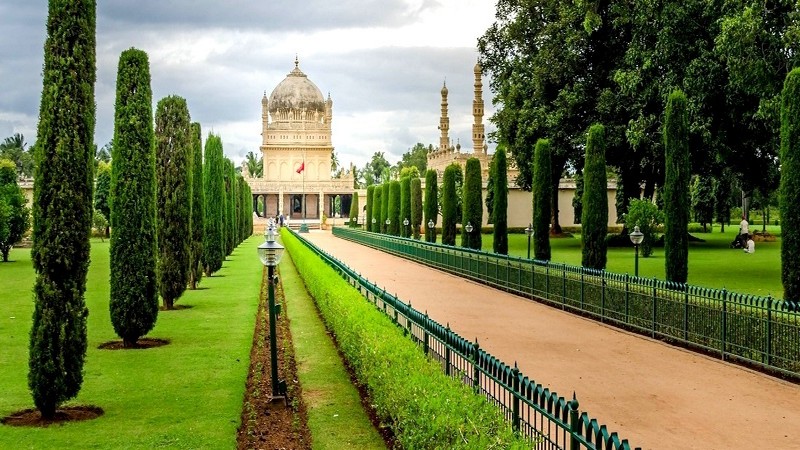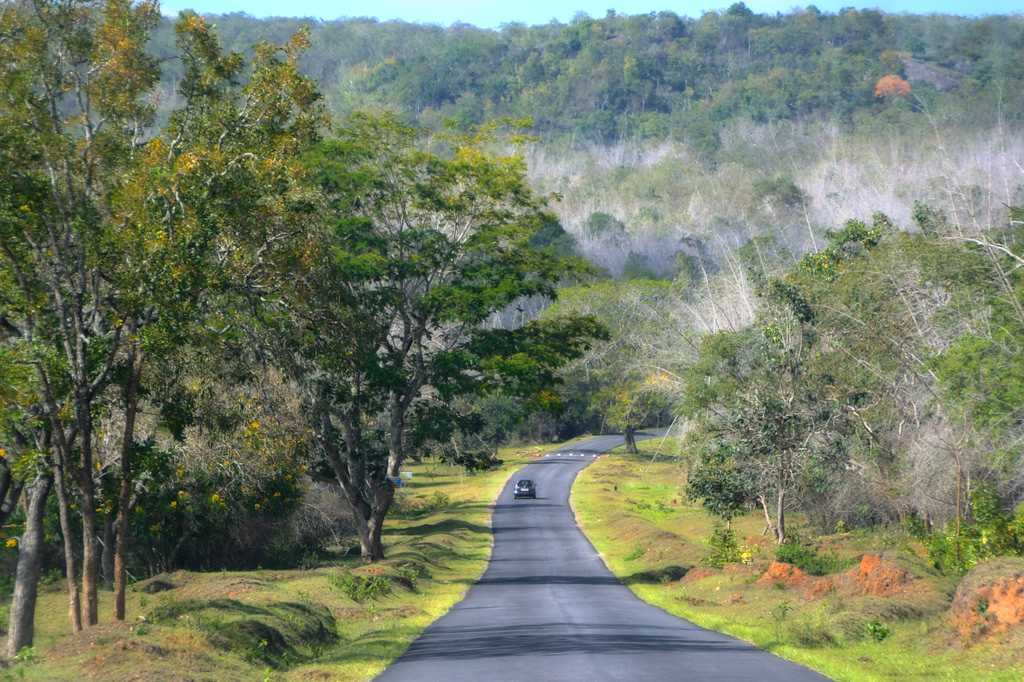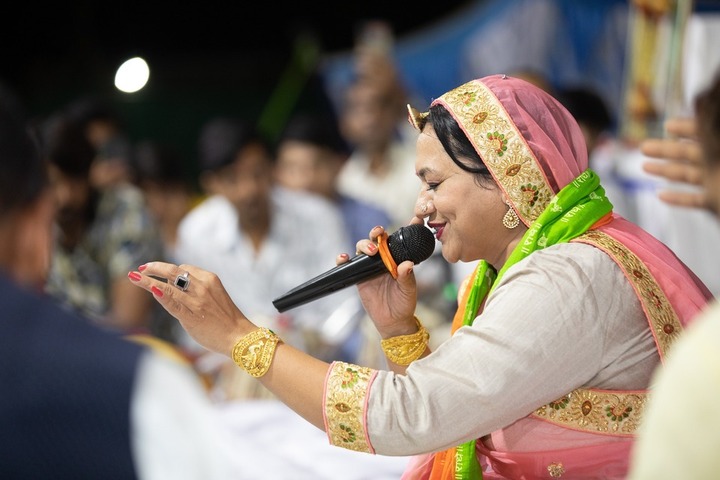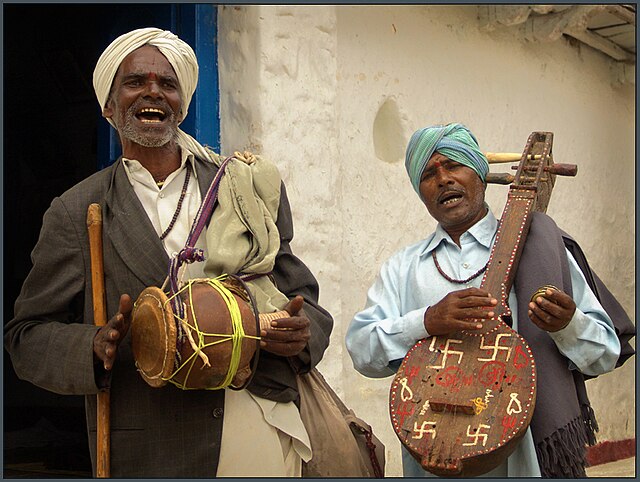Mysuru
A complete tourist and cultural guide

This royal city (Mysuru), renowned for its heritage and vibrant culture, is a land of palaces, silk sarees, and sandalwood. Home to the grand Amba Vilas Palace and the famous Dussehra festival, it seamlessly blends history with modernity. The city’s lush gardens, yoga centers, and aromatic cuisine make it a must-visit destination in South India.
Must-Visit Attractions in Mysuru

Mysuru Palace
The iconic royal abode of the Wadiyars, famed for its Indo-Saracenic architecture and Sunday illuminations.

Chamundi Hill
A spiritual landmark crowned by the Chamundeshwari Temple, featuring a giant Nandi statue and breathtaking city vistas.

Brindavan Gardens
Terraced botanical gardens adjoining Krishnarajasagara dam, renowned for its symmetrical design and evening musical fountain shows.

St. Philomena’s Church
One of India’s largest churches, built in Gothic style with 175-foot spires and exquisite stained-glass depictions of saints.
Major Attractions Nearby Mysuru

Srirangapatna
Tipu Sultan’s island fortress with historic Daria Daulat Bagam and sacred Ranganathaswamy Temple.

Somnathpur
13th-century Chennakesava Temple showcasing Hoysala architecture’s star-shaped platform and intricate stone carvings.

Bandipur
Premier tiger reserve bordering Mysuru, offering jeep safaris to spot elephants, leopards and 200+ bird species.

Coorg
Misty coffee country with Abbey Falls, Raja’s Seat viewpoint and sprawling plantations in Karnataka’s Western Ghats.
Things to Do in Mysuru
Immerse yourself in Mysuru’s captivating blend of regal heritage, sacred traditions, and picturesque landscapes through these unforgettable experiences:

Dussehra Festival
Witness the grand procession and cultural performances.

Yoga at Osho Ashram
Rejuvenate with guided meditation and yoga sessions.

Mysuru Sandalwood Shopping
Buy authentic sandalwood products and souvenirs.

Devaraja Market Visi
Explore vibrant stalls selling spices, flowers, and silk.
The Performing Arts of Mysuru
Mysuru is a hub of classical arts, preserving Karnataka’s rich musical and dance traditions. The city resonates with Carnatic music, devotional hymns, and folk performances, especially during festivals. From palace courtyards to temple precincts, these art forms come alive through vibrant performances that have been cherished for centuries.

Carnatic Music

Devotional Bhajans

Folk Music
Mysuru resonates with Karnataka’s classical and devotional music traditions. The city is renowned for its soulful Carnatic music concerts and temple bhajans, preserving centuries-old musical heritage. During festivals, the air fills with melodic folk tunes and rhythmic Dollu Kunitha drumbeats.

Bharatanatyam

Yakshagana

Dollu Kunitha
Mysuru shines as Karnataka’s cultural heartland, preserving classical and folk dances for generations. The city is renowned for graceful Bharatanatyam performances and vibrant Yakshagana folk theater. Traditional Dollu Kunitha drum dances add rhythmic energy during festivals and temple celebrations.

The City of Palaces, Silk, and Sandalwood
Mysuru is celebrated for its grand Mysuru Palace, aromatic sandalwood products, and luxurious silk sarees. The city’s Dussehra festival, illuminated streets, and royal heritage attract tourists worldwide. Its blend of history, spirituality, and craftsmanship makes it a cultural gem. As the former capital of the Wodeyar dynasty, Mysuru preserves India’s royal legacy through its arts, architecture, and living traditions. The city’s timeless charm continues to captivate visitors with its perfect harmony of regal splendor and cultural vibrancy.
Heritage of Mysuru
Mysuru’s heritage reflects its royal past under the Wadiyar dynasty, with majestic palaces, temples, and art. The city’s Dussehra celebrations, traditional paintings (Mysuru style), and silk weaving are UNESCO-recognized cultural treasures.

Cuisine of Mysuru
Mysuru’s cuisine is a flavorful mix of South Indian spices and royal influences.

Mysuru Masala Dosa
Golden, crispy crepe stuffed with spiced potatoes and slathered with signature red chutney.

Mysuru Pak
Rich diamond-cut sweet bursting with ghee flavor, made from gram flour and sugar syrup.

Bisi Bele Bath
Hearty one-pot rice-lentil dish simmered with aromatic spices and vegetables.

Filter Coffee
Frothy dark decoction blended with hot milk in traditional davara-tumbler.
Shopping in Mysuru
Mysuru is a treasure trove of exquisite craftsmanship, renowned for its luxurious silk sarees, fragrant sandalwood products, and intricate rosewood carvings. The city’s bustling markets and government emporiums offer authentic Karnataka handicrafts, from handwoven silk to traditional Bidriware and aromatic incense sticks. Whether you’re exploring Devaraja Market’s vibrant stalls or browsing high-end showrooms, Mysuru promises unforgettable shopping experiences steeped in royal heritage.

Mysuru Silk Sarees
Legendary pure silk sarees with intricate gold zari patterns, woven for generations.

Sandalwood Products
Natural carvings, soaps and oils infused with Mysuru’s signature rich fragrance.

Rosewood Inlay Work
Stunning furniture/decor with delicate ivory-like floral marquetry craftsmanship.

Agarbathis (Incense Sticks)
Stunning furniture/decor with delicate ivory-like floral marquetry craftsmanship.
Tourist's Handbook
The ideal time to visit Mysuru is from October to March, when temperatures range between 15°C to 30°C, offering pleasant weather for sightseeing and outdoor activities. This period includes the grand Dussehra festival (October) and the Mysuru Palace illuminations (December). Avoid April-May (scorching heat up to 35°C+) and June-September (heavy monsoon rains disrupting travel plans).
-
Palace & Temple Precautions – Wear slip-resistant footwear at Mysuru Palace and Chamundi Hill (marble floors can be slippery).
-
Avoid Touts – Decline unsolicited guides at attractions; book through authorized counters or your hotel.
-
Night Safety – Stick to well-lit areas like Sayyaji Rao Road after dark; avoid isolated lanes near markets.
-
Dress Modestly – Cover shoulders/knees at temples (e.g., Chamundeshwari) and remove footwear before entering.
-
Food/Water – Drink sealed bottled water; opt for freshly cooked street food at clean stalls like those near Devaraja Market.
Navigating Mysuru is convenient with its mix of auto-rickshaws, taxis, and city buses for short distances. For longer trips, app-based cabs (Ola/Uber) or rented scooters (₹300-500/day) work well. The compact city center is best explored on foot, especially around Devaraja Market and Palace Square. For a royal experience, try horse carriages near Mysuru Palace.
"Special Entry" Palace Tickets – Only buy tickets from official counters, not touts offering "skip-the-line" access.
Fake Silk Saree Sales – Purchase from government-approved outlets like KSIC or reputed showrooms, not pushy street vendors.
Overpriced Sandalwood Products – Check for authenticity seals at Cauvery Emporium, avoid roadside "discounted" carvings.
Temple Donation Pressure – Politely decline "mandatory puja fees" at Chamundi Hill; offerings are voluntary.
Unauthorized Guides – Hire only licensed guides (available at Palace entrance) or audio guides.
Mysuru Blogs
- A Born Traveller
- Must-Visit Spots in the City of Palaces
- Top Day Trips from the Sandalwood City
- India’s Crown Jewel of Heritage Tourism
- Ancient Wonders of South India
Recommended articles
-
Recommended Reads About Karnataka’s Cultural Gem
-
Exploring the Wodeyar Kingdom’s Legacy
-
Weekend Getaways from the Dussehra City
-
Karnataka’s #1 Heritage Destination

